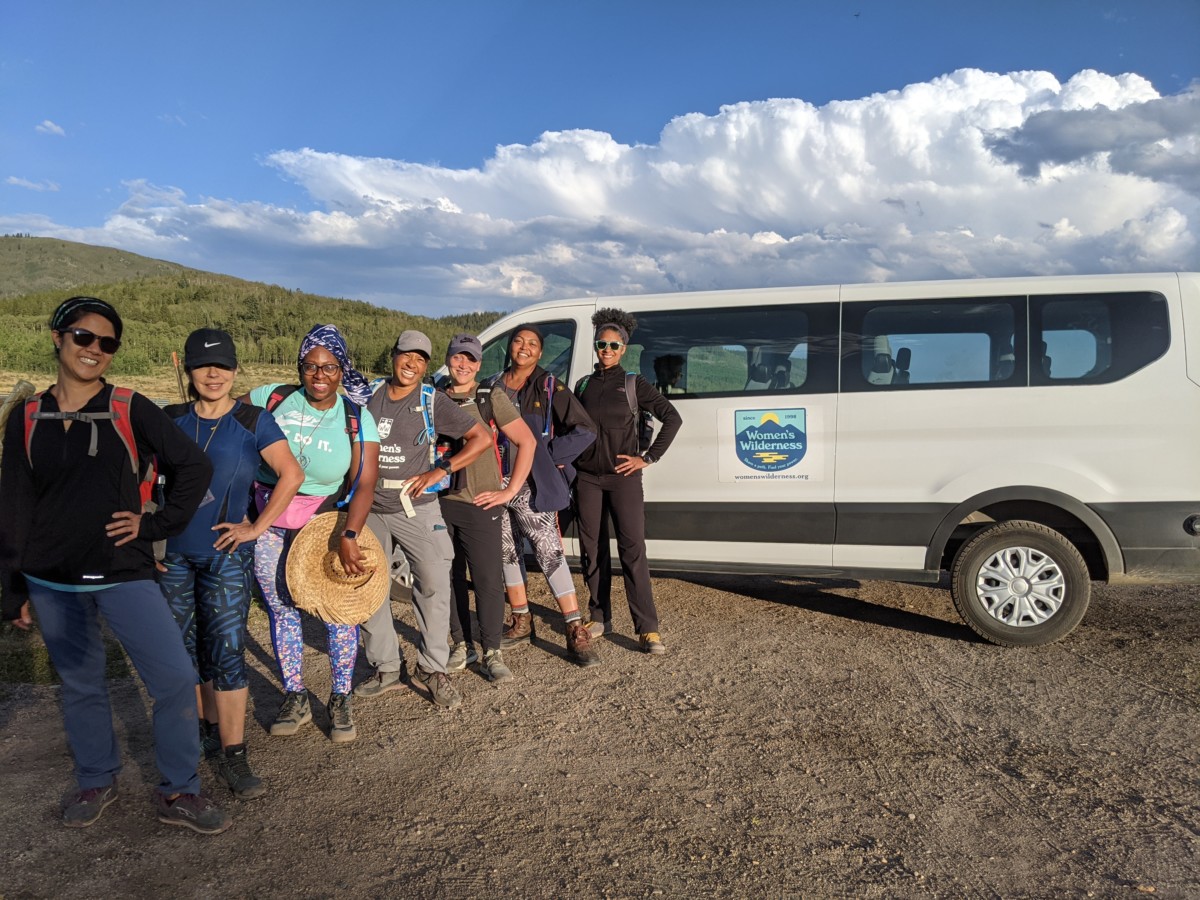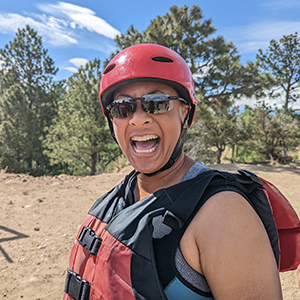The 10 Adventure Essentials

What are those must-have items you should carry with you as you venture out on the trail? What things do you need in order to keep you prepared for the unexpected and keep you safe in the backcountry? You may have heard of these necessary items as “The 10 Essentials.” And who can we thank for that terminology? The Mountaineers! The Mountaineers, an outdoor community and nonprofit organization, teach skills on exploring the outdoors safely and responsibly.
If you are an outdoor enthusiast, you probably own a book published by them, as they offer a variety of books about recreation, lifestyle, and conservation. The Mountaineers first formalized the phrase “The Mountaineers 10 Essentials” in one of their 1974 publications where they introduced a safety and packing system to help prevent emergencies and allow for the possibility of spending a night (or more) outside. As you read through what has morphed into “The 10 Essentials” list, keep in mind you should tailor your list to the nature of your outing.
Certainly a month-long expedition has different needs than a day hike, but these 10 essentials give you an excellent template from which to plan.
1) Navigation
To the mountaineer, navigation includes a map, compass, altimeter, GPS device, and personal locator beacon (PLB). Other satellite communication devices, such as sat phones or a Garmin inReach, can be used instead of a PLB, but you should have some way of communicating with emergency responders. A cell phone may get you by on a frontcountry day hike, but don’t rely on it for backcountry excursions. Even if you use a cell phone app or GPS device for navigation, keep a trail or topographic map handy as backup in case technology fails or batteries die. Educate yourself on how to use a map and compass – it does no good to have them and not know how to use them. Altimeters show elevation, and while not necessary for all outings, knowing your elevation and having a topographic map can help pinpoint your location while navigating.
2) Sun Protection
Wear sunglasses, hats, sun-protective clothing, lip balm with sunscreen, and broad spectrum sunscreen rated at least SPF 30. You can sunburn even on cloudy days because ultraviolet rays are capable of penetrating cloud layers. Clothing provides more sun protection than sunscreen and can be used instead of having to reapply sunscreen. But ensure you apply sunscreen to those body parts not covered by your clothes.

3) Hydration
Although water is heavy, it is necessary for health and temperature regulation. Always carry at least one water bottle or hydration bladder, and adjust that amount as environmental conditions dictate. You should not only carry sufficient water, but you should also have the means to purify additional water (via filtering, purification chemicals, UV light, or boiling). For most people, 1.5 to 3 liters of water per day is enough, while up to 6 liters may be needed in hot weather or high altitudes. Staying hydrated is just as important in cold weather as it is in hotter environments. Warm or tepid drinks may be more palatable on cold days.
4) Nutrition
It’s reasonable to bring a one-day supply of extra food on a day hike for an emergency stockpile. Your food should be easily digestible, resistant to melting or freezing, able to store well for long periods of time, and require no cooking (for day hike convenience). Repackage your food to minimize trash and remember to carry some type of bag or container to pack out your trash. Of course, long expeditions will require larger amounts of extra food.
5) Insulation
Think of insulation as extra clothing and layers that you would need if you had to spend the night outdoors. Include rain jackets and pants in warmer months. Hats and gloves are valuable insulators in both winter and summer, as summer mornings and evenings can be chilly (especially at altitude). The key to proper thermoregulation is to layer your clothing – adding layers when you’re cold, and removing layers when you’re hot (before you start sweating). Add base layers/long underwear, lightweight jackets, fleece, and socks into the mix as needed. Ensure all your layers are synthetic or wool, while avoiding cotton which dries slowly, contributing to heat loss. Desert environments are one of the few places where cotton is welcome.
6) Illumination
A light source can provide both physical and emotional comfort if caught outdoors after dark. Headlamps are preferred because they provide a “hands-free” experience, but flashlights, small lanterns, and candles can be used as backups. Be careful with candles and their open flames at all times, and especially when there is a risk of wildfire. Be sure to carry extra batteries or a power source for whatever illumination you choose.
7) First Aid
Make sure you know how to use whatever is in your first aid kit. Otherwise you’re just carrying around extra weight. You can buy a first aid kit or you can make your own and personalize it. Common outdoor injuries are cuts, abrasions, sprains, blisters, and splinters, so at least carry items to help treat these things. Helpful over the counter nonprescription medications to have include pain killers, anti-inflammatory meds, antihistamines, antibiotic ointments/creams, and antidiarrheals. If you have severe allergic reactions (anaphylaxis), have an EpiPen on hand. And carry a few extras of your prescription medications just in case.
8) Repair Kit
Whether just a knife or multitool or a small kit of items, think of what you’d need to repair whatever equipment you’re taking with you. Customize your repair kit to the equipment used on your adventure – tent pole splints for camping, extra buckles and straps for backpacking, cable ties for snowshoes, etc. Other quick fix items to bring may include duct tape, needle and thread, fabric patches, safety pins, cordage, wire, sleeping pad repair kits, backcountry stove parts, and water filter parts.
9) Fire
Have the ability to start a fire in an emergency situation. A lighter, metal match, or waterproof matches are all good options. Consider bringing some type of firestarter that has the capability to ignite wet wood. You can buy commercial fire starter products or easily make your own out of cotton balls smothered in petroleum jelly.
10) Shelter
Emergency shelter is meant to be portable and packable, and not necessarily comfortable. The simplest emergency shelter is a large garbage bag – think contractor trash bags that are heavy duty and durable – that is capable of keeping you warm and dry. A tarp, bivy sack, or small tent are also options.


Written by Lisa Smith



















